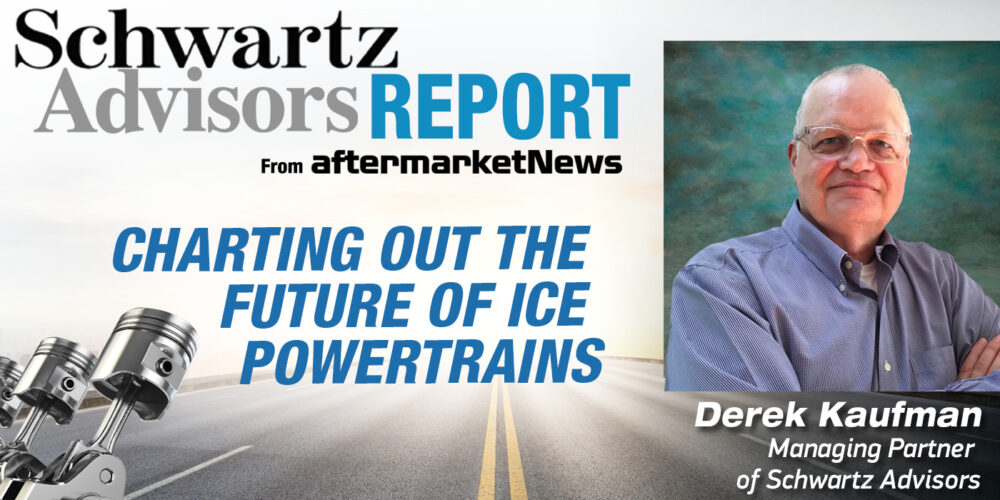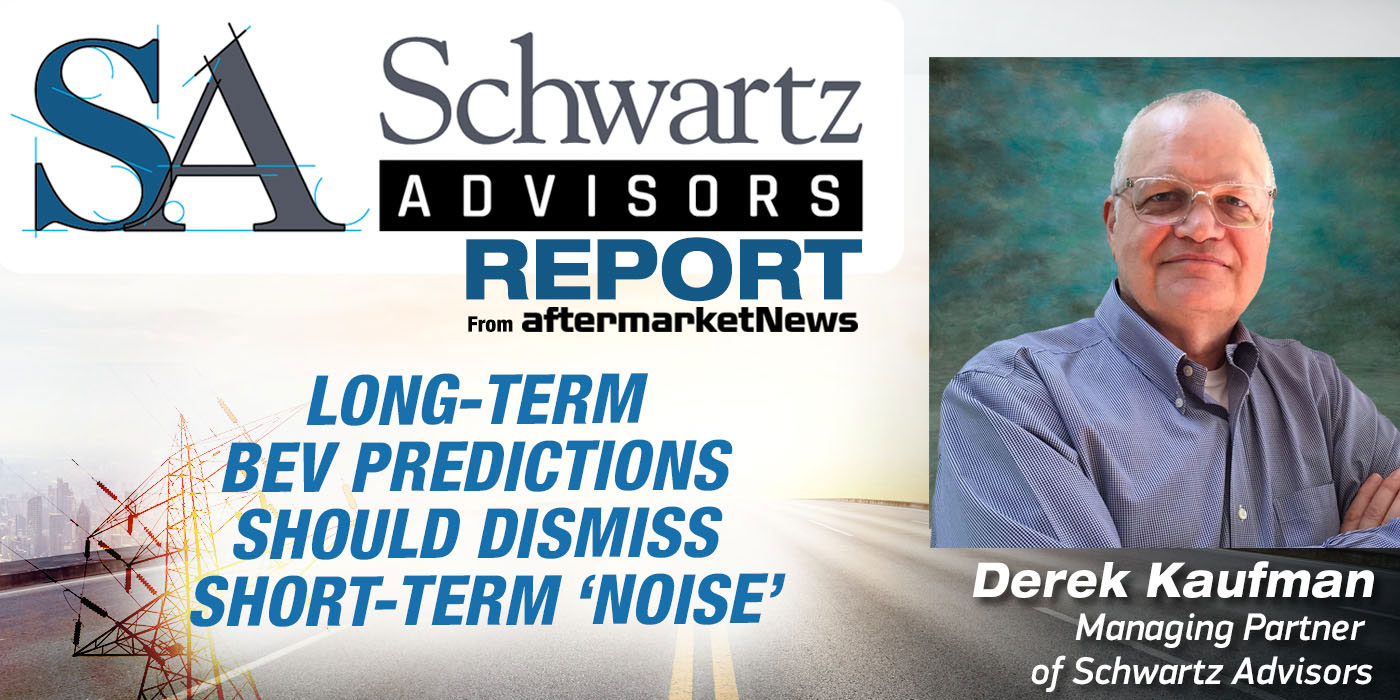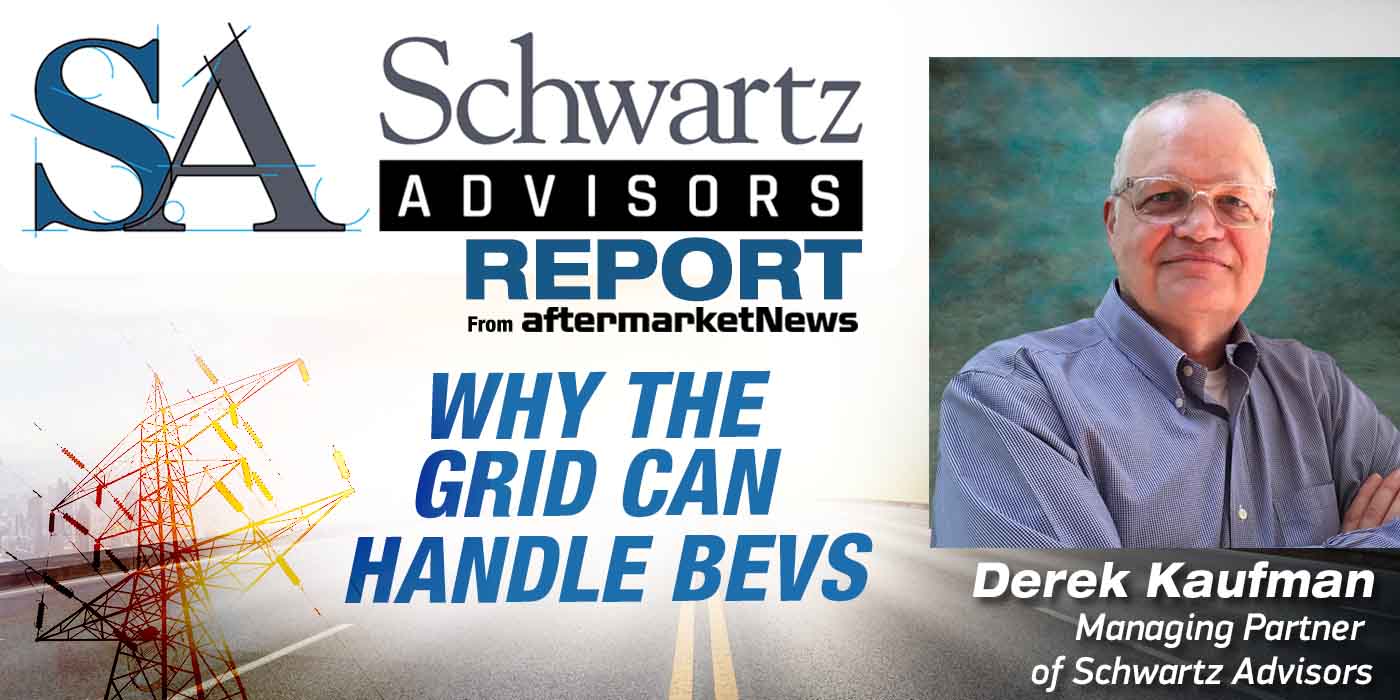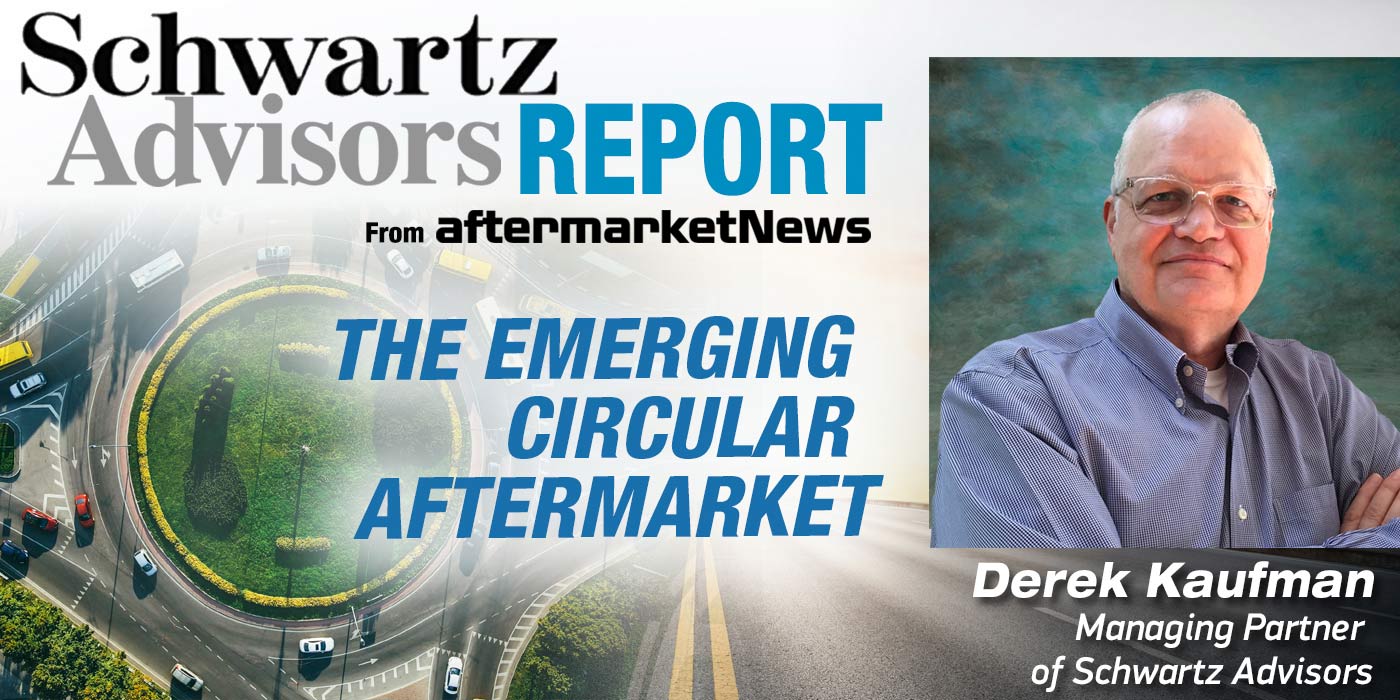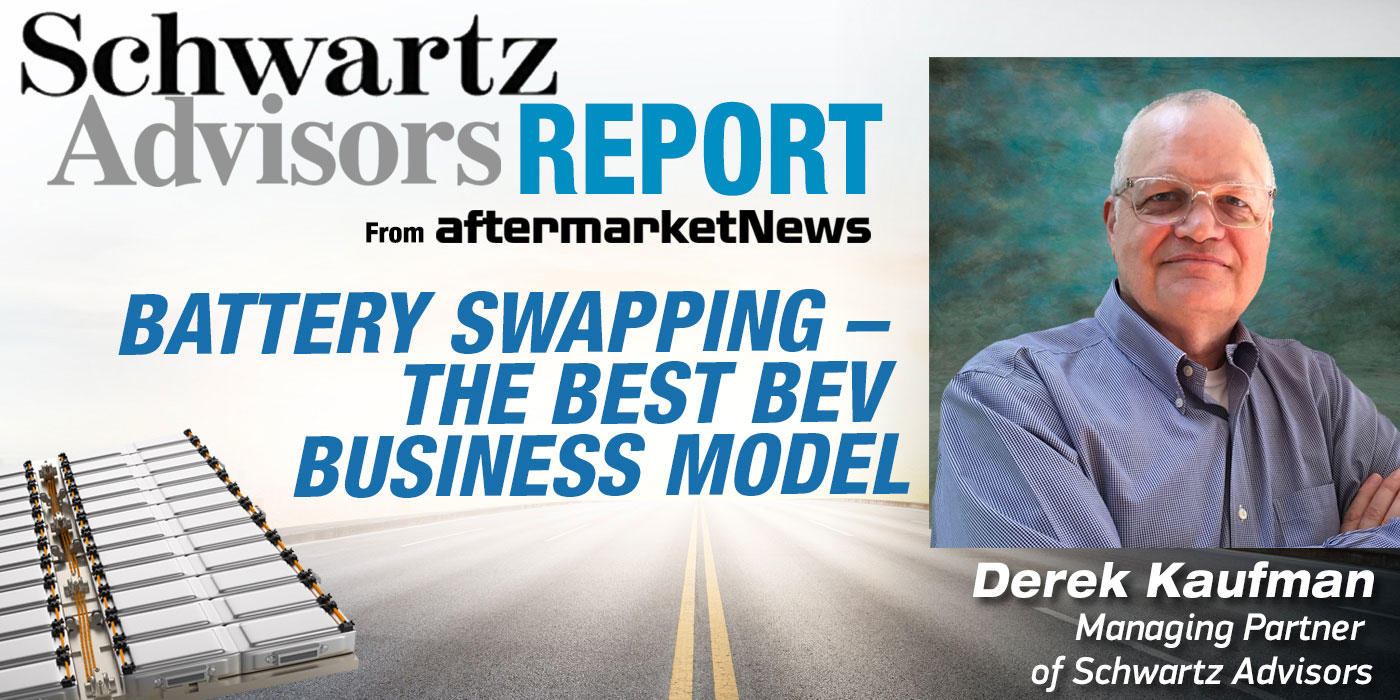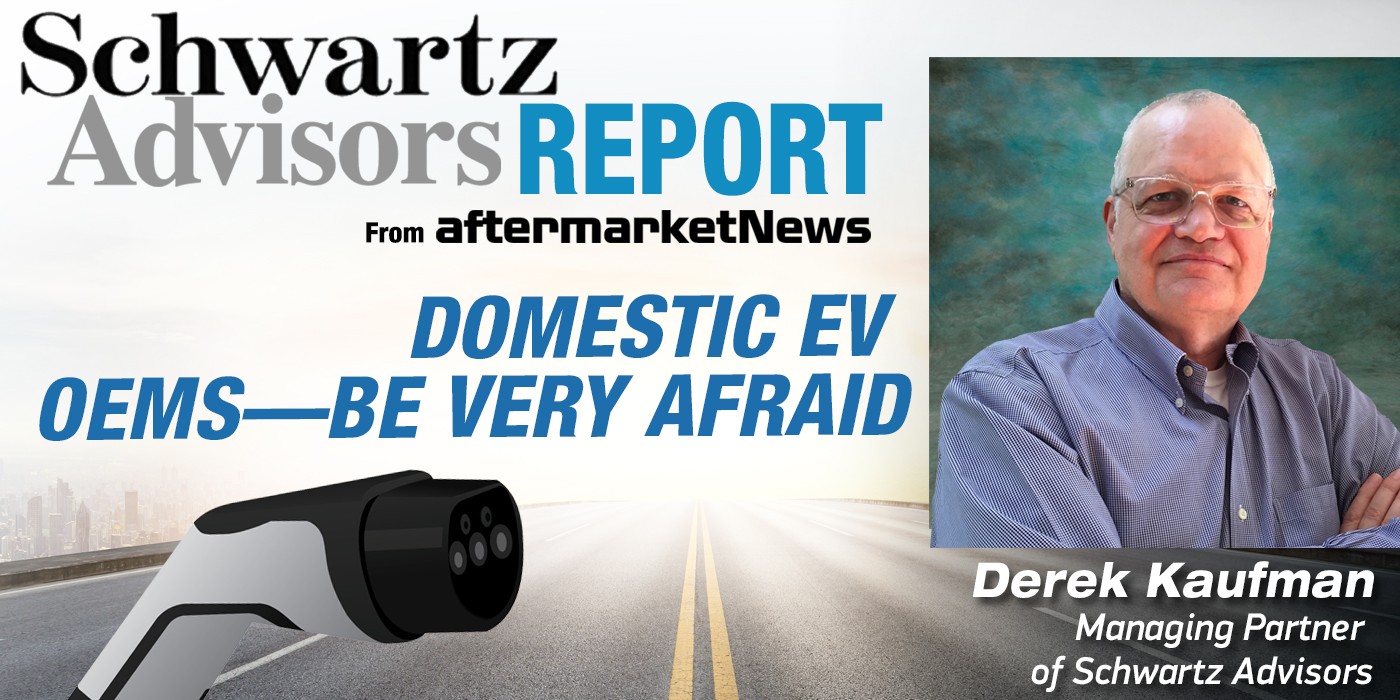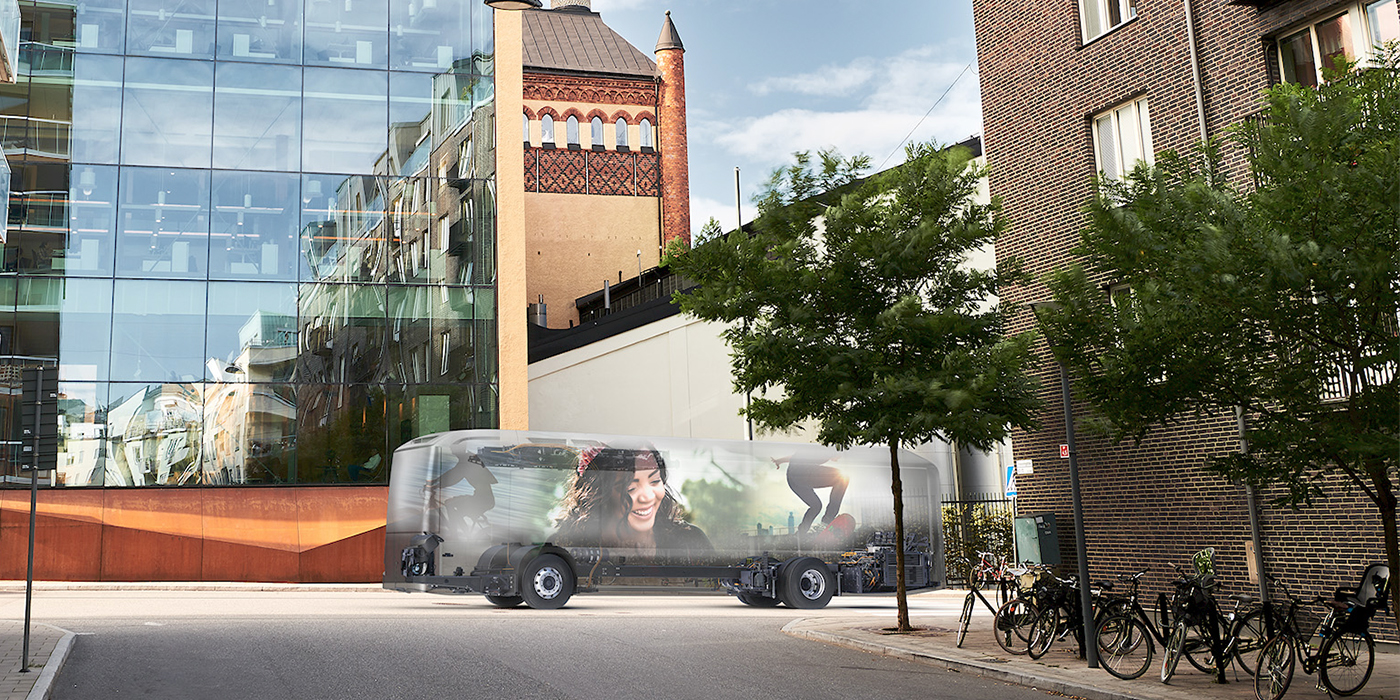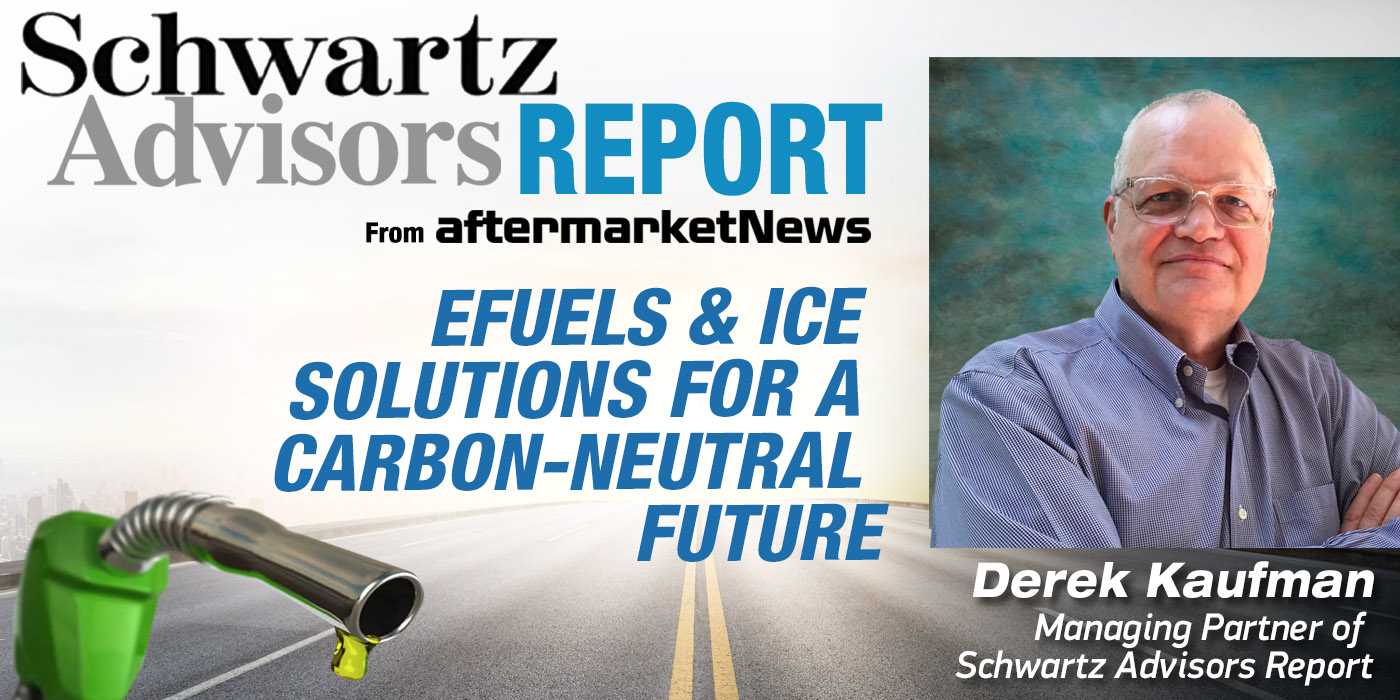I bought my first car as a high school junior. It was a 1960 Alfa Romeo Giulietta Spider convertible. Sounds like a rich kid on a shopping spree, right? The truth is, this rusted Alfa was running on two cylinders and I bought it for $250 earned on an early morning paper route walking with a fifty-pound paper bag through the very hilly streets of Weatherly, Pennsylvania.
Jimmy, the used car dealer in Hazelton, was a high school friend of my dad’s. He told us that the car probably had a blown head gasket. We had it towed home and parked my dad’s beloved 66 Plymouth Fury outside so I could work on the Alfa in our garage.
I had no right to tear into the elegant double overhead cam Alfa engine. My mechanic skills were non-existent, and there was no Alfa dealer within 200-miles from my home. I tore into it anyway. I remember removing the timing chain that seemed to go on forever and then lifting the head to look down and see three pistons up and one down. This was not a blown head gasket. Turns out, a connecting rod had sheared in a manner that allowed the crank to rotate without the rod hitting the cylinder wall. I dropped the oil pan to find bearing and rod fragments swimming in oil that looked like milky molasses. My first car was suddenly my nightmare, and there was no Internet to turn to for information on how to fix it. I had to find someone in town to help me.
Growing up, I knew that none of my parents’ friends went by their actual names. They all had interesting nicknames – Flupsy, Flopsy, Tinker, Ditzer, Dutzer and of course, Duckass – but the man with the answer was the local Chrysler garage owner, Spatzy. He showed me a JC Whitney catalog that actually listed a short block for a 1960 Alfa Romeo priced at $700. Spatzy took a liking to me and allowed me to park the Alfa in the corner of his garage where I would go at night after dinner to work on the car. I actually got the engine back together, and through some help from my girlfriend’s father who was the director of a vocational school, I got the rusted rockers replaced by the collision repair class that was happy to have a car to work on. Yes – it was a long time ago and small-town life was simple.
I drove the car for the better part of two years, but then had some engine trouble that caused me to park the car just before leaving to go to GMI to study engineering. I sold the car because I realized I would not have time to work on it for five years. I am sorry I lost that car and have been searching for it ever since. I was told by the person I sold it to that he sold it to someone in Maryland but he didn’t have any contact information. If you know someone in Maryland who bought a yellow (yeah, the vocational school got creative) 1960 Alfa Romeo Giulietta Spider in 1970, please let me know. I watch the BringATrailer.com site every day – all it does is inform me that restored Giuliettas are now going for $50,000-$80,000, but I’m still hoping to see the car listed and I still have some paper route money squirreled away to buy it.
Now, why do I tell you this long story? I tell it because Alfa Romeo recently announced that that its 2023 Tonale plug-in hybrid crossover will be the last Alfa Romeo to have a gasoline engine. The brand is going all-electric by 2027.
Gone will be the elegance of Giuseppe Busso’s beautiful double overhead cam all aluminum 4-cylinder engine that has lasted decades as the epitome of ICE design. Gone will be the sound of an Alfa engine and drivetrain running through the gears. Gone, I would argue, will be the heart of Alfa Romeo.
Don’t misunderstand. I’m not against electric drive and I think there is more elegance to behold in the design of BEV powertrains, but somehow, I think there is something about the visceral sense of a beautifully tuned Alfa Romeo internal combustion engine that cannot be duplicated by a cell-to-pack lithium-ion battery powering an AC motor. The BEV will undoubtedly accelerate faster. It will cruise in effortless silence. It will come equipped with wonderful connectivity to tie your iPhone to the driving experience. It will be … boring.
To me, it is like the difference between a digital watch and a mechanical chronograph. The digital watch is really efficient at placing the time right in front of you in a bright LCD screen, but no amount of case craftsmanship will ever match the movement of Vacheron Constantin’s 57260 mechanical watch. I’m sure some of you will bring up the Apple Watch as an example of how the move to digital can bring on an all-new level of innovation and timepiece elegance – I’ll give you that. But it’s a computer that happens to include a watch, so I’m not counting it.
I’m rooting for eFuels to prolong the use of ICE powertrains well into the future and I think BEVs will have a tough time in the US entering the “Early Majority” of Geoffrey Moore’s Crossing the Chasm curve. The Innovators and Early Adopters are buying them now but the economic math and the used car resale values need to align for the Early and Late Majority to create real demand.
Speaking of demand, it is not created by vehicle OEMs building cars for politicians. It is built by engineering excellence and passion for car design – the kind of passion that echoes off the hillsides as 5,000 RPM of a twin overhead cam masterpiece responds to your need for speed.
RIP Alfa Romeo … you gave us a great run.

